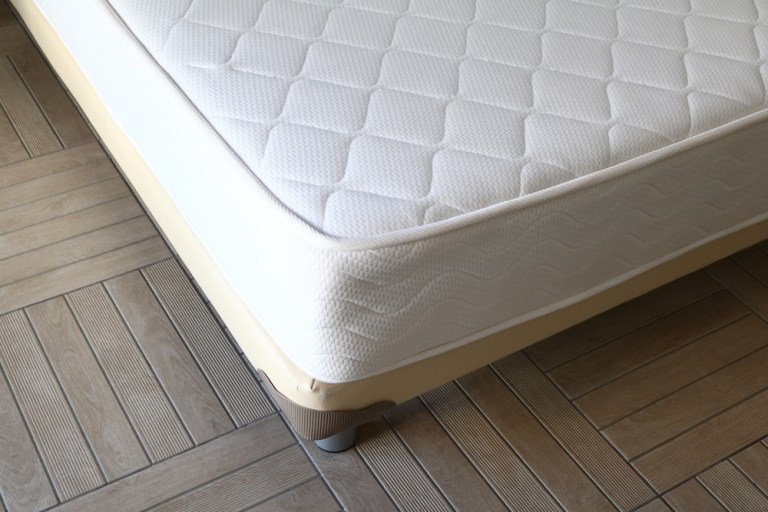
If one wants a mattress on demand these days, there’s Casper, Leesa, Purple, Tuft and Needle, Saatva, Tulo, Layla, Snuz – and that isn’t even a comprehensive list, as those are just the top players. Since Casper first rolled out in 2014, the market has been flooded with mattress after mattress, each offering its own twist on the product. Layla mattresses have a firm side and a soft side; Leesa promises cooling memory foam; Purple mattresses offer pressure-free support for joints.
They are popular, according to most experts, for two main reasons. One is timing. The explosion of the mattress-in-a-box firms began just as the Great Recession was coming to a close, and Americans were looking for new mattresses after failing to replace theirs for about six years. And the data does back that up somewhat, as mattress sales were down between 2008-2014.
And, as Casper learned with its explosive success in the early market, mattresses in the digital age are a thing that consumers are willing to try out sight unseen – as long as they can return a product easily if it doesn’t work out. Not incidentally, all of the emerging mattress disruptors offer long trial periods and promise “no questions asked” free returns if sleeping on the mattress for three months, six months or even a full year doesn’t sell the customer on the experience.
And, after stripping out the cost of mattress shop retail space, in either specialty stores or as part of larger department store offerings, mattresses become a very cost-effective item to sell online. According to some estimates, a mattress – even the various fancy ones on offer – cost about $250 to make all-in, but generally sell for $1,000 or more.
So how does a firm distinguish itself in a field that is crowded full of offerings that can feel a bit similar to consumers?
In Helix‘s case, they are hoping to offer users a custom experience. It’s not just any mattress-out-of-box when it comes from Helix; the idea behind the firm is that it is your mattress in a box. The founding premise behind Helix is that differing sleepers need different mattresses – and each consumer’s product needs to account for all kinds of sleep-behavioral quirks. People who sleep on their stomachs, for example, need a firmer surface than the back sleepers of the world.
Before it offers up a mattress, Helix sends its customers a rather extensive questionnaire about their build, sleeping habits and comfort preferences before building a bed to match their sleeping needs.
“There are a number of important metrics we take,” Helix Co-founder Kristian von Rickenbach told Popular Science. “We tend to categorize them across physical body type, sleeping style and personal preference.” Height and weight offers up your body mass index (BMI), but Helix also looks at body type. “Someone with broad shoulders and an athletic build would have a different manner of pushing into the bed than someone who is tall and narrow,” he said.
The reviewer who tested out the mattress for Popular Science noted that though it was very comfortable, and her back did feel better after sleeping on it, her sleep itself when tracked by Fitbit did not seem to improve notably. She was a restless, fitful sleeper before and after her Helix.
“Comparing a week’s worth of sleep data (included in the slideshow at the bottom of this review) on my old 15+-year-old Simmons Beauty Rest mattress bed with seven days on the Helix (also included below), I found something surprising: Not much had changed. I added up the restless moments per night between both sets and discovered they were nearly identical: 67 times restless on my old bed and 66 times on the Helix.”
But in a race as crowded as the mattress-to-go, it remains to be seen whether custom bedding with long-term effects is what will ultimately sway consumers as the market inevitably starts consolidating.